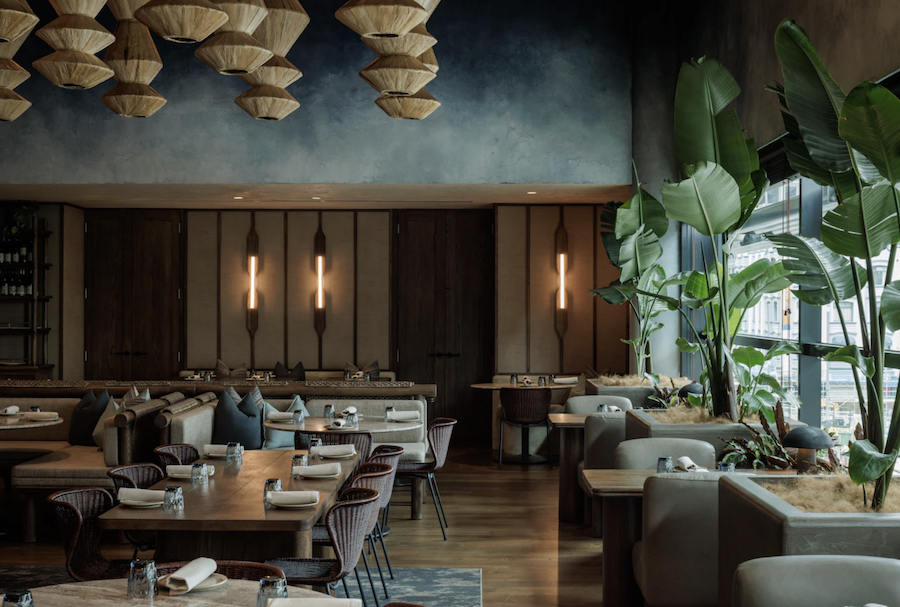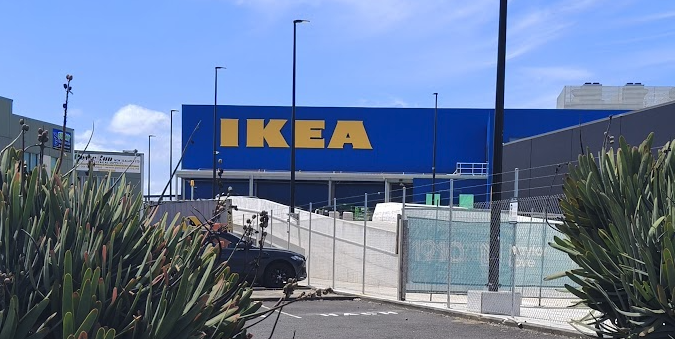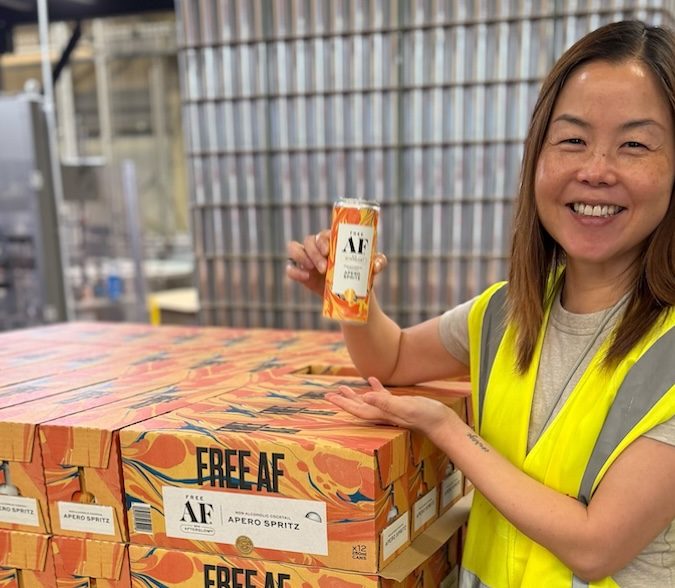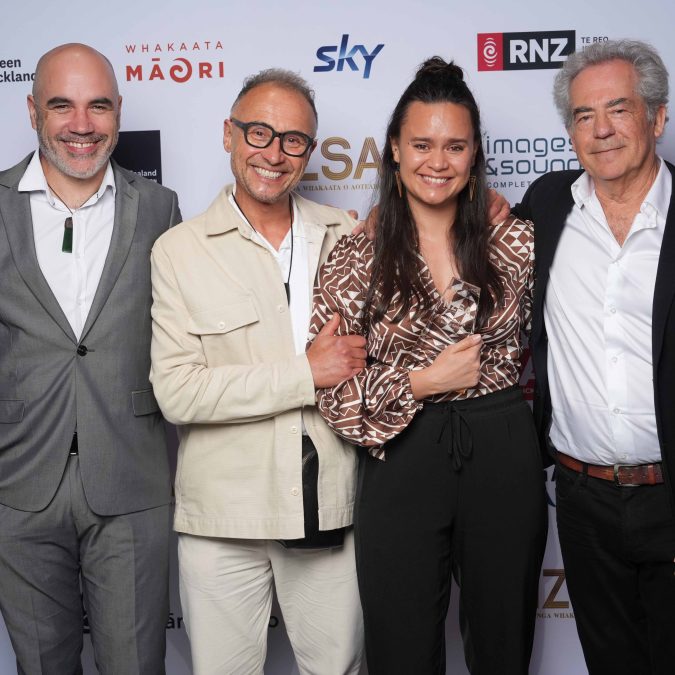
Chris Stevens of CTRL Space, the architectural design studio behind Auckland hot spots like Hotel Ponsonby and The Nightcar, sits down with Idealog to talk about what goes into making the perfect hospitality spaces.
If you were given a few sentences to describe CTRL Space, what would you say?
We’re a design studio with a very creative focus on what we do – in all of our projects we try and push creative boundaries wherever possible. And we’re always challenging expectations – the client’s, customers, and end-user. That’s the backbone of what we do.
In Auckland, CTRL Space is the brains behind some of the hottest spots of the city, such as Hotel Ponsonby and The Nightcar. What is it like being known to design hospitality spaces?
We’ve been around 15 years and cut our teeth in hospitality for most of that time. But more recently we’ve moved into workplaces and hotels, and that has been an interesting change.
Our engagement, particularly in the workplace sector, has been through a hospitality lens. Obviously, there is a change of dynamic and requirements from the corporate perspective, who are trying to attract tenants. Our hospitality eye over that and into a workplace environment has been really relevant. People creating spaces that are socially engineered focus as much on productivity as on socialization. So, that hospitality skew is certainly related to the workplace sector.
We focus in commercial and don’t really do much residential. And part of that comes down to understanding the end use and making the space successful. We tread a fine line between designing something that looks beautiful, and also its commercial success for the client, because obviously, you can design one beautiful space, but if it doesn’t stack up, and the client’s not making any money out of it, be it hospitality or they’re unable to tenant it, then you’re probably not going to be asked to come back and do the next one. So, we we wear of those two different hats. and it seems to work out pretty well.
You don’t have a style code, which is really interesting. When new clients come to you, what do you think their main reason is?
We find clients come through from a lot of referral work. This is driven by award accolade and success, but a lot comes from the fact we understand what the requirement is at the other end, what their customer needs. They’re our customer and their customer is the end user.
Some studios carry a very strong design aesthetic, and that is what they’re engaged for. But I kind of feel that in a commercial context, with a broader client base and project range, you need to apply a logical aesthetic approach to every single project and brief independently.

Would you say there’s a difference in designing a space in New Zealand versus Sydney or Melbourne?
The creative and the design process for us is unchanged – No matter where we are, we apply the same logic and thinking. But quite quickly, when you look at work we’ve done in Adelaide, Brisbane and Sydney in the past, that gets another realm of opportunity almost. I mean, it comes down to being commercial, it comes down to population, critical mass, the viability of trying something a bit newer and braver.
So, we’re able to explore the different opportunities that working in different countries allows us that pushes those boundaries a wee bit.
Read more: Engineer behind Kiwi made app wins big at Apple Design Awards
How do you make a place that is on trend now but will stand the test of time? What is your approach to that?
I think we have a love-hate relationship with trends because once you get on the bandwagon, you’re at the mercy of someone else doing it trendier.
What we endeavour to do, and whether it’s hospitality or whether it’s workplace or whether it’s hotel, is really interrogate the brief and ensure the objective of what we’re trying to achieve is relevant. And we say to the client, if you’re just doing another bakery on the corner, then you’ve got to be the trendy bakery, but what does that even mean? If you’re doing something a bit more artisan, hand-kneaded sourdough bread, you need to establish that unique point of difference. And therefore, it’s not necessarily the aesthetic trend that is going to drive people there. It’s more just the new product and something innovative in that sense.
From a design perspective, what do you think makes a successful hospitality place?
It’s about a focus on the end user, and our client having a really strong understanding of what their customer wants. Sometimes we get a brief from a client and they say, “I think it needs to be like this.” And then I go, “Well, we’re not designing it for you otherwise we’ll be doing this as your house. We’re designing it for your customer.”
Our research and design process will tell us that if the customer is 25 to 40-year-old who’s there to eat or drink. And, by understanding that up front, you then understand then not only how that customer base wants to interact and how they want to work with the space, but you also then understand how long you’re going to get them for.




